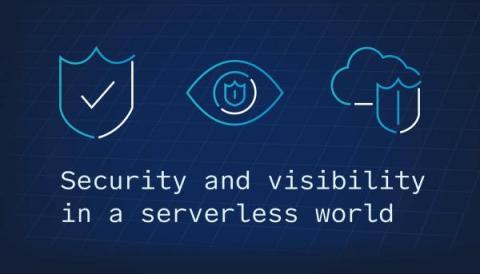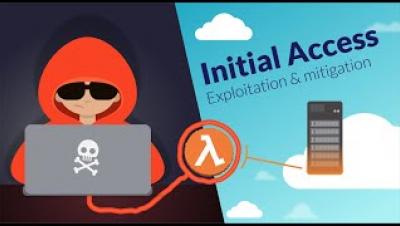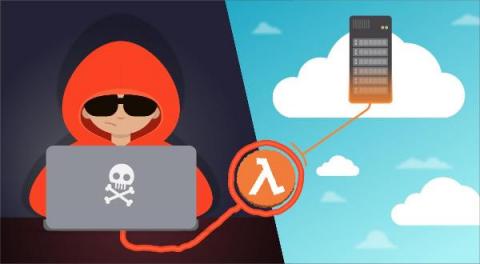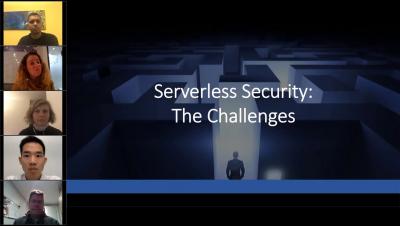The Developer's Guide to Serverless Security
Serverless computing brings a highly efficient way to deploy applications and run software on demand. Testament to that is the fact that serverless application adoption is increasing significantly over the years, with at least 1 in 5 organizations using FaaS (Function as a Service) in major Cloud providers such as Amazon, Azure & GCP.











